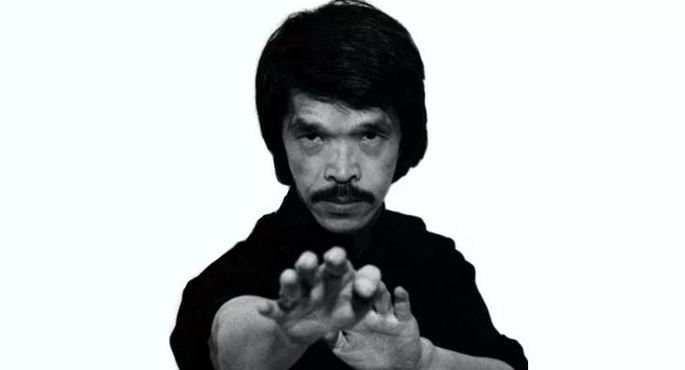
Hawkins Cheung Inside Kung Fu Interview About Bruce Lee
May 11, 2021
“Before he died, he told me that “jeet kune” meant Pak sao in wing chun or intercepting an opponent’s punch before it landed on you.”
Hawkins Cheung
This is an excellent interview with Hawkins Cheung , an early Ip Man student and close friend and training partner of Bruce Lee. He was also a “Kung Fu Uncle” to my teacher Greg LeBlanc – he used to come by the Gary Lam house often and answer questions and help with the teaching. I am especially interested in his frequent references in this article and others to the importance of the”Jeet” concept and developing the timing to enter from outside to inside the fight. This has also been my experience. The big question mark is in those first seconds just before the fight kicks off.
This is something covered in a lot of detail by Geoff Thompson, who suggests that you learn how to preempt and sucker punch. A friend of mine who was in many street fights also emphasized this point. His advice was basically to gauge your distance, decide when you would hit (if the opponent steps over this line I decide on or if they move), and where you would hit (ideally, triangle on jaw), and then to preemptively attack. Its best if they don’t see it coming. This seems to help bring about a knockout – the surprise or perhaps hitting a relaxed target.
The Jeet concept really encompasses all of that but rather than sucker punching, its more like a old-fashioned gunfight. You get your hands up (a Thompson “fence,” aka hand just over the gun). As soon as the opponent starts to move (car out of the garage and into the driveway but before it gets on the street, in Greg LeBlanc’s terminology), you attack. If the line isn’t clear and you contact an arm on the way in (a bridge) you use the Chi Sao reflex to do the appropriate action (Pak, Lap, Tan, Bong) and let their energy go to one side or the other of the centerline, and then either hit (best), block and hit simultaneously (second best), or block then hit (if you can’t do 1 or 2).
Bruce Lee learned fencing-type footwork to dart in and out of range to handle this conundrum. Once you develop Wing Chun skills to a certain level, this becomes the main and most difficult thing to learn. This is timing.
